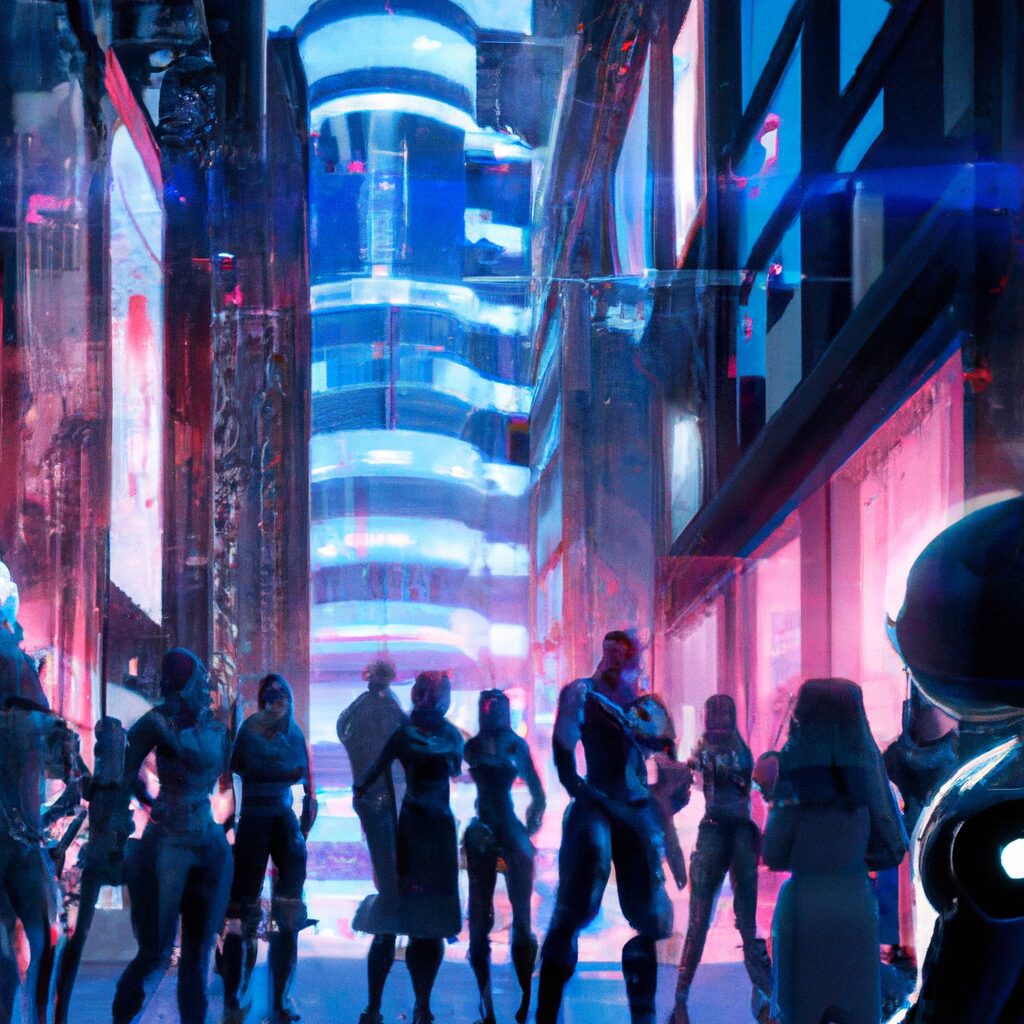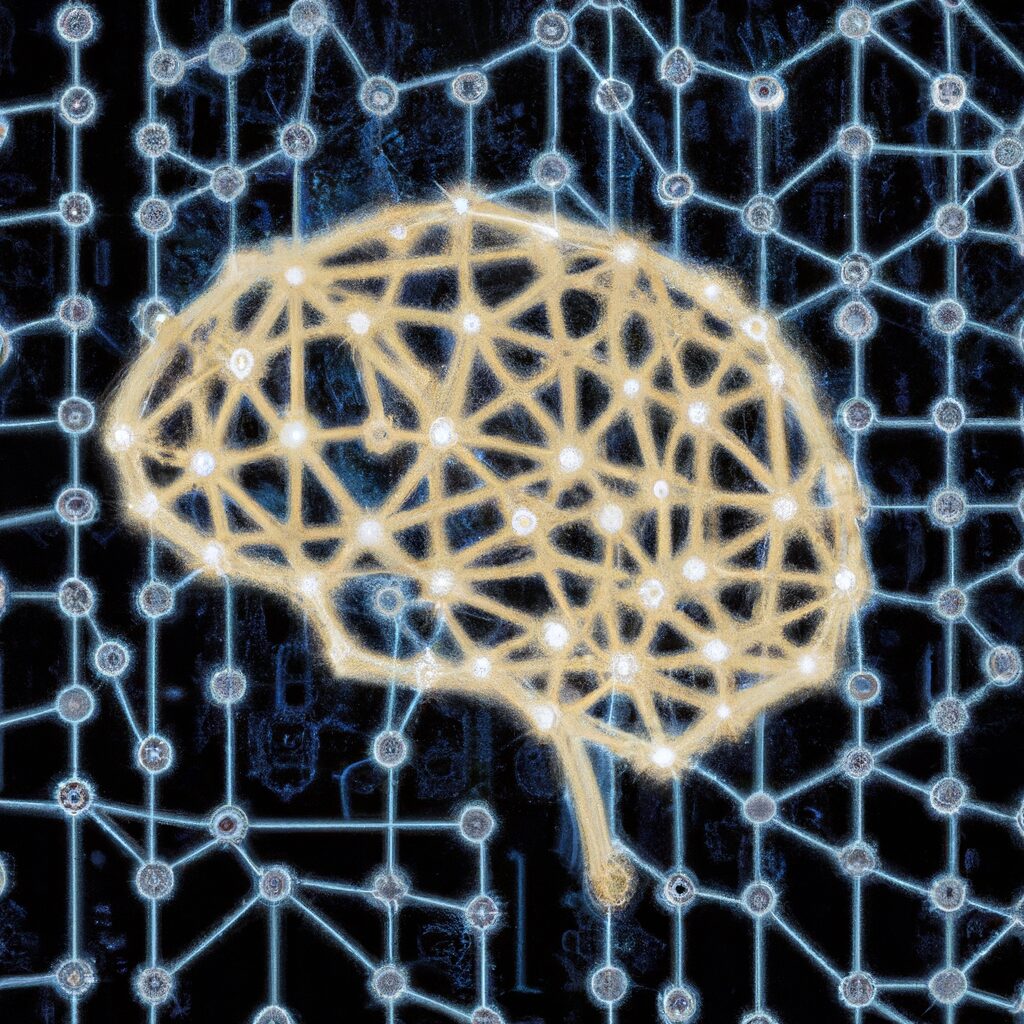The Rise of AI Chatbots: Transforming Urban Landscapes and Human Interaction
- January 27, 2025
- Posted by: Mai - CF Brand Ambassador
- Category: Daily Blogs
The Rise of AI Chatbots: Transforming Urban Landscapes and Human Interaction
In the fast-paced world of artificial intelligence, chatbots are proving to be game-changers, revolutionizing the way people interact with digital systems, particularly in urban environments. As AI technologies advance, cities are becoming smarter and more efficient, with chatbots leading this transformative era of urban living.

The Emergence of Chatbots in Urban Settings
Chatbots, powered by sophisticated AI algorithms, have emerged as pivotal elements in urban development. Cities worldwide are adopting these digital assistants to facilitate an array of services, from guiding tourists to managing waste systems. The flexibility and learnability of AI chatbots make them suitable for various urban applications.
One significant area where chatbots have made an impact is public transportation. Smart cities employ chatbots to provide real-time updates on transit schedules, delays, and alternate routes. This dynamic information helps residents navigate their urban landscapes more efficiently, reducing travel time and enhancing commuter satisfaction.
Enhancing Human Interaction
The integration of chatbots within city infrastructures means more than just operational efficiency—it also enhances human interaction. By taking over repetitive tasks, chatbots allow human employees to focus on more complex, creative, and rewarding tasks. This shift in roles not only improves job satisfaction but also boosts productivity across sectors.
Moreover, chatbots are instrumental in providing personalized experiences in services such as healthcare, customer service, and education. These AI-driven systems collect and process data to understand user preferences and needs, offering tailored solutions that make users feel valued and understood.

Challenges and Considerations
While the benefits of chatbots in urban landscapes are clear, there are notable challenges that require consideration. Privacy and security are paramount concerns. As chatbots handle sensitive information, ensuring data protection against breaches and unauthorized access is critical. Developers and city planners must implement robust security measures to safeguard citizens’ information.
Another challenge is ensuring accessibility. Cities must ensure that chatbot interfaces are user-friendly and accessible to all, including those with disabilities and non-tech-savvy individuals. Inclusivity in design is essential to harness the full potential of AI technologies.
The Future of AI Chatbots in Urban Environments
Looking forward, the role of AI chatbots in urban environments will expand. As machine learning and natural language processing evolve, chatbots will become even more capable, autonomous, and integrated into city infrastructures. From managing critical systems like energy distribution to offering advanced healthcare solutions, the possibilities are limitless.
Collaboration between AI developers, city planners, and citizens is crucial to align technological advancements with public needs and values. Stakeholders must work together to create smart cities that not only exemplify technological prowess but also enhance the quality of urban life.
